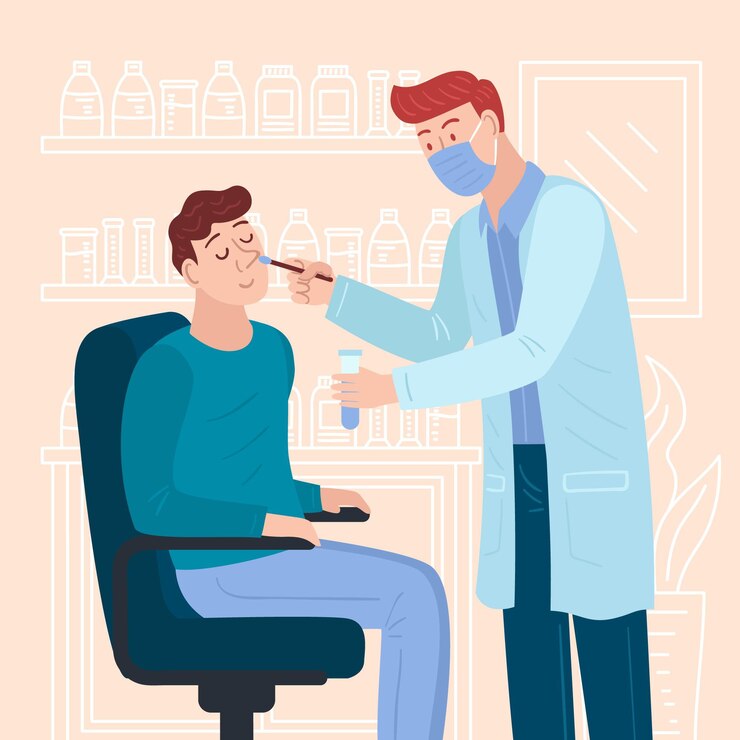
Understanding the Diagnosis of Seborrheic Contact Dermatitis: Clinical Examination and Patch Testing
Dealing with skin issues can be frustrating, but understanding how doctors diagnose conditions like seborrheic contact dermatitis can help. Let’s explore the process, including clinical examinations and patch testing.
Clinical Examination
When you visit a doctor for skin troubles, they’ll start by asking you about your symptoms and medical history. Then comes the fun part – the examination! Your doctor will closely look at your skin to see if there are any red, itchy, or flaky areas, which are common signs of seborrheic contact dermatitis. They might also ask about any products you use on your skin or any recent changes in your routine.
Patch Testing
If your doctor suspects you have seborrheic contact dermatitis, they might recommend a patch test. This test helps identify what’s causing your skin irritation by exposing small areas of your skin to different substances and seeing how it reacts.
Here’s how it works:
- Preparation: Your doctor will place small amounts of various substances (like common allergens or irritants) on patches, which are then applied to your skin, usually on your back.
- Waiting Game: You’ll wear the patches for around 48 hours, during which time you’ll need to avoid getting them wet or doing activities that could make you sweat excessively.
- Observation: After 48 hours, your doctor will remove the patches and check your skin for any signs of irritation or allergic reaction. This helps them pinpoint which substances might be triggering your dermatitis
Dealing with skin issues can indeed be frustrating, but understanding how doctors diagnose conditions like seborrheic contact dermatitis can provide clarity and guide effective treatment. Let’s delve deeper into the diagnostic process, which includes clinical examinations and patch testing.
Clinical Examination
When you pay a visit to a dermatologist for skin troubles, the journey begins with a thorough discussion about your symptoms and medical history. Then comes the exciting part – the examination! Your dermatologist will carefully inspect your skin, searching for telltale signs of seborrheic contact dermatitis, such as redness, itchiness, or flakiness. They might also inquire about the skincare products you use or any recent lifestyle changes.
Patch Testing
Should your dermatologist suspect seborrheic contact dermatitis, they might suggest a patch test. This diagnostic method helps pinpoint the substances triggering your skin irritation. Here’s how it unfolds:
- Preparation: Your dermatologist will dab small quantities of various substances, such as common allergens or irritants, onto patches. These patches are then affixed to your skin, typically on your back.
- Waiting Game: Over the next 48 hours, you’ll need to wear the patches while refraining from getting them wet or engaging in activities that induce excessive sweating.
- Observation: After the designated period, your dermatologist will remove the patches and meticulously examine your skin for any signs of irritation or allergic reaction. This crucial step aids in identifying the specific triggers for your dermatitis.
Conclusion
By undergoing a clinical examination and possibly a patch test, your doctor can diagnose seborrheic contact dermatitis and determine the best course of treatment for you. Remember, everyone’s skin is different, so what works for one person may not work for another. If you’re struggling with skin issues, don’t hesitate to seek help from a healthcare professional.
To seek medical advice, always consult a Doctor. Here are our recommended EXPERTS. Click here
To read more on SKIN. Click Here


